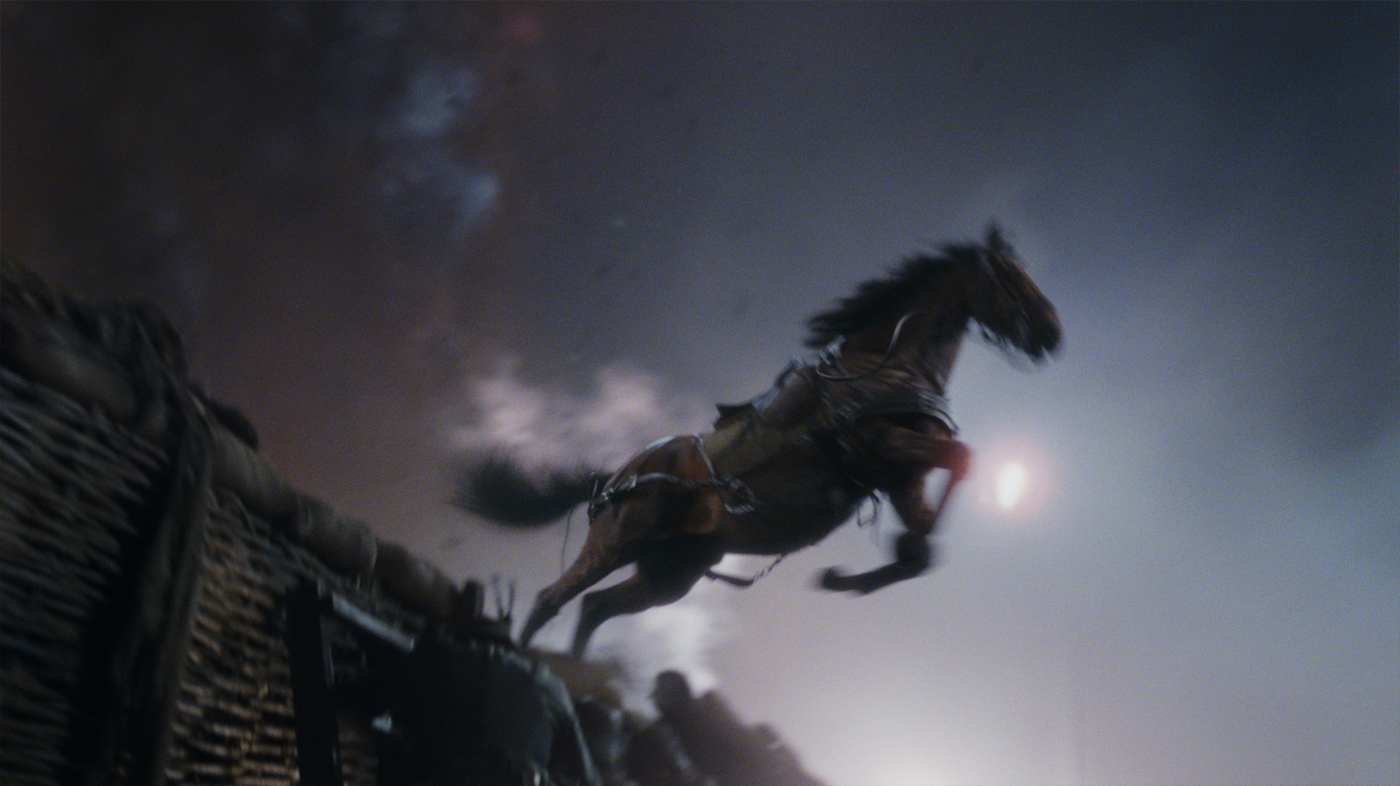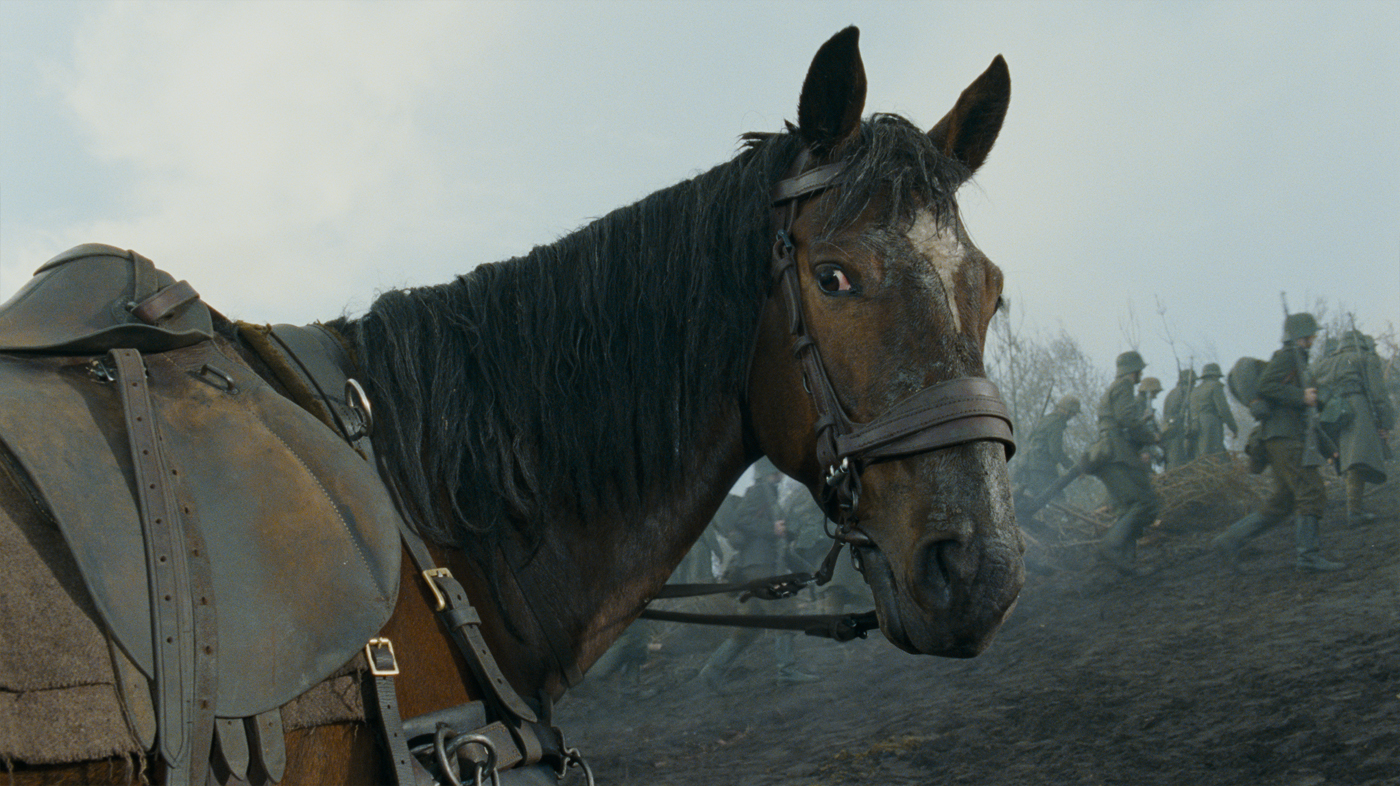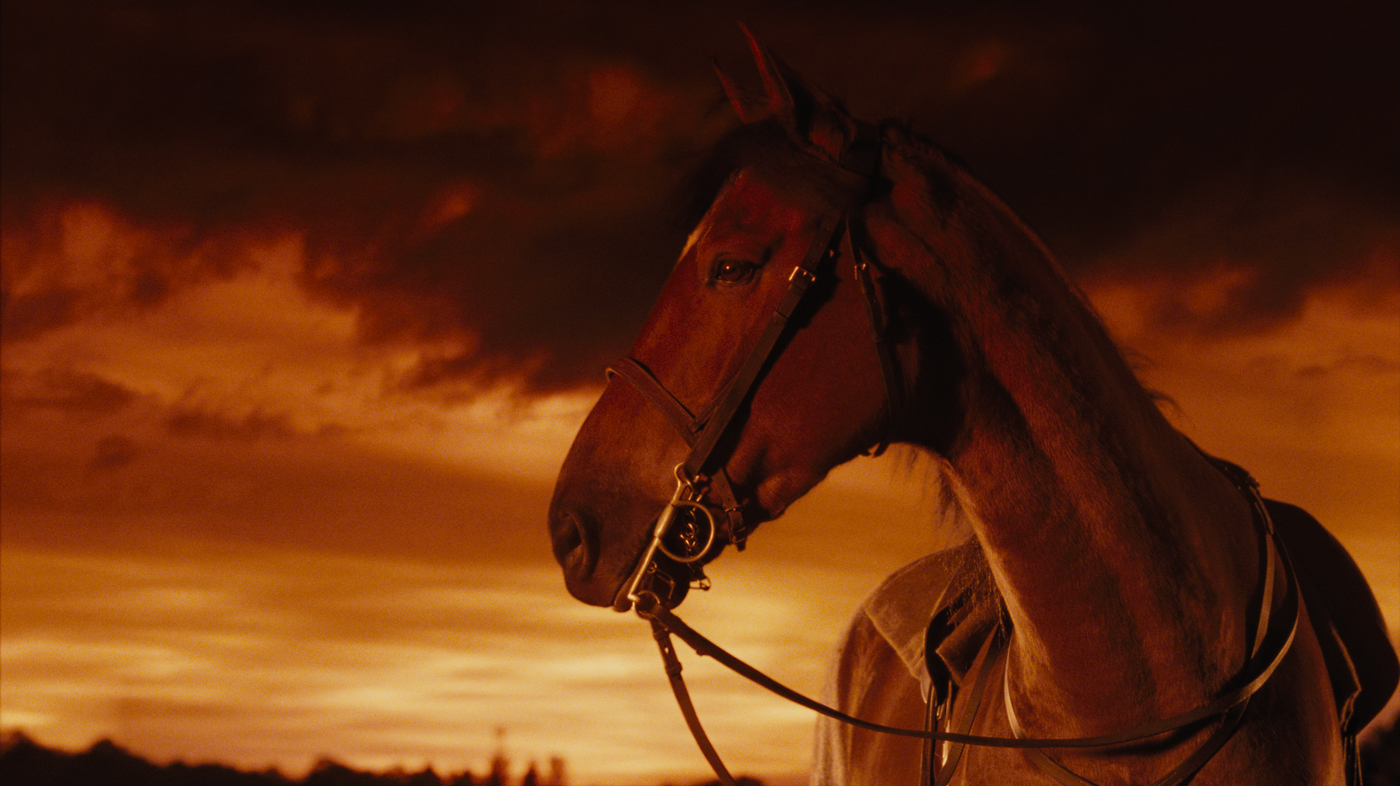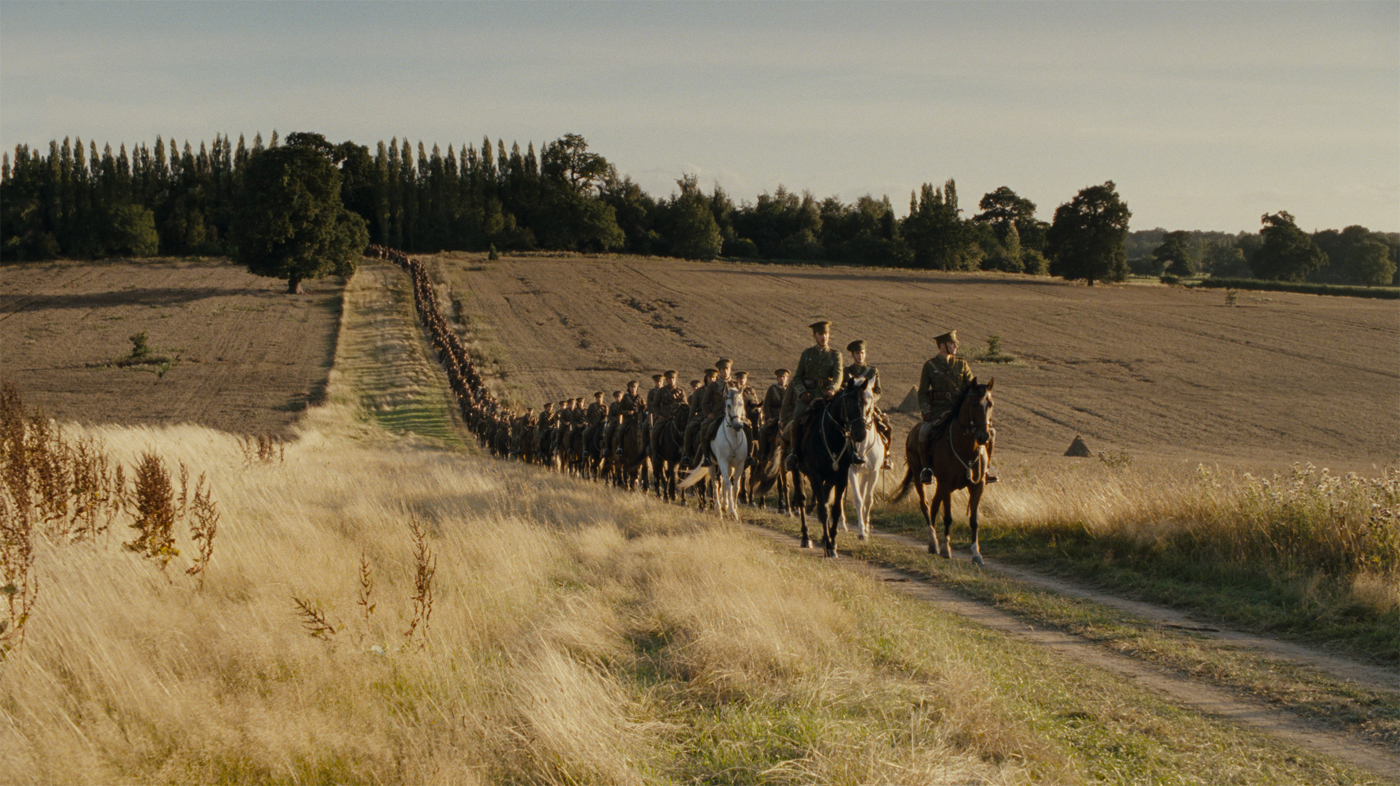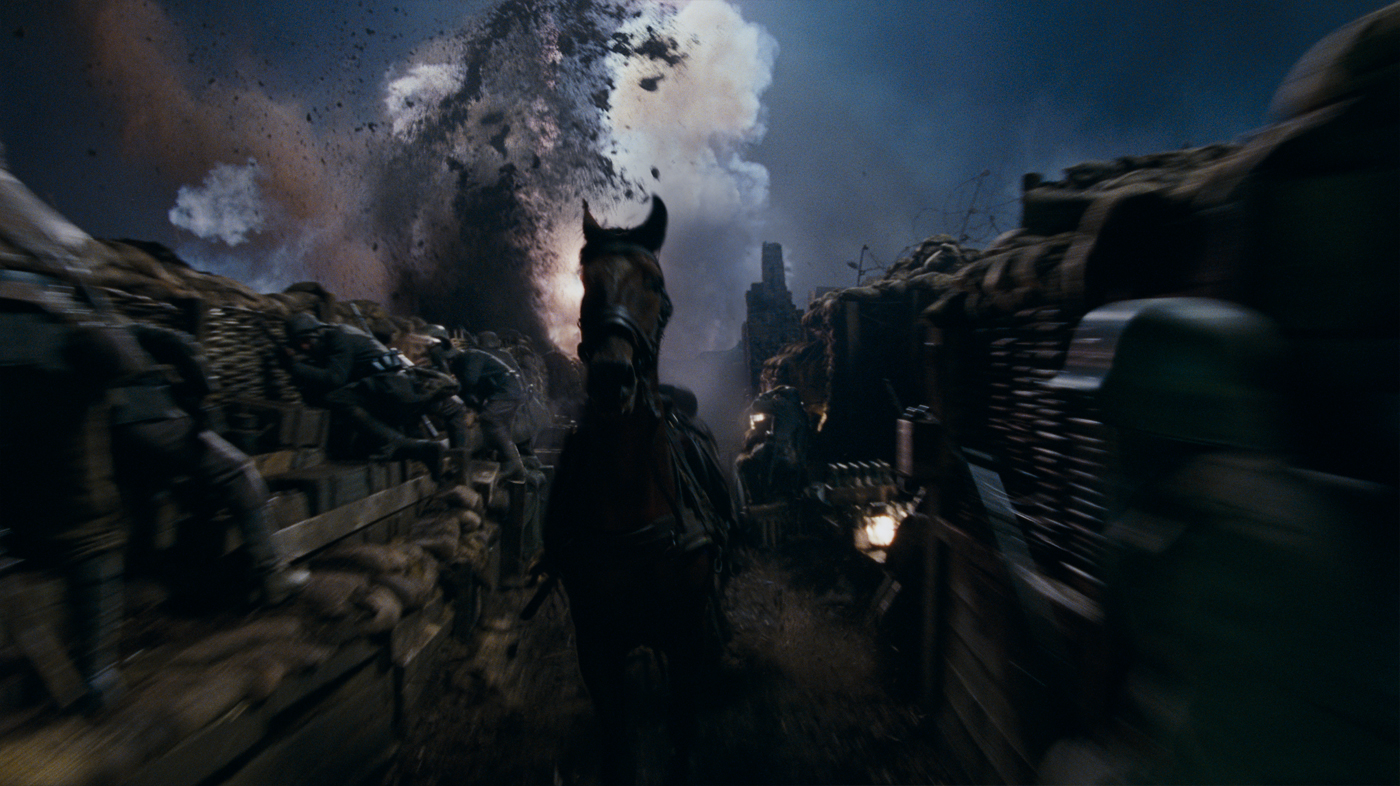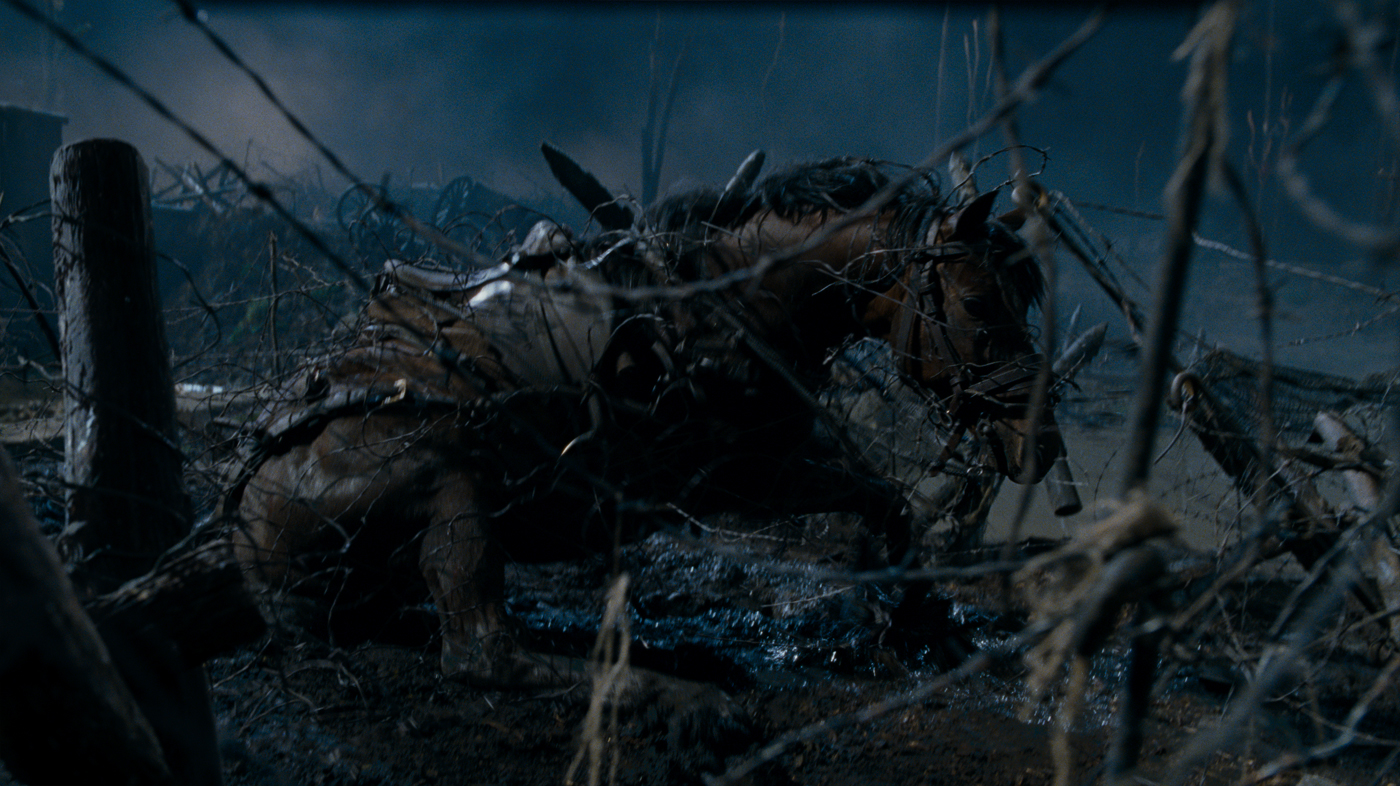Before joining Framestore, Mike Mulholland worked at Cinesite on projects such as LARA CROFT: TOMB RAIDER and the TV series BAND OF BROTHERS then at ESC Entertainment for CATWOMAN. At Framestore, Mike has participated on films like AVATAR, CLASH OF THE TITANTS or WHERE THE WILD THINGS ARE. In the following interview, Mike accompanied by Ben Morris (VFX Supervisor) and Duncan Burbidge (VFX Producer) talk about their work on WAR HORSE.
What is your background?
I’m a CG supervisor at Framestore. I’ve supervised for the last 5 years before that working in the lighting, rigging and pipe departments. At Framestore I’ve worked on may films including AVATAR, CLASH OF THE TITANS, AUSTRALIA, PRINCE CASPIAN, WHERE THE WILD THINGS ARE.
How did Framestore got involved on this show?
Ben Morris, Framestore’s and the Overall VFX Supervisor on the project, recalls, “Kathleen Kennedy (Spielberg’s long-time producer) and his Production Designer, Rick Carter, came to meet us. It went really well, I think, because they quickly recognized that we could deliver everything they needed, from the mundane, to state of the art CG animation. I should emphasize that the film Steven wanted to make had no place for self-conscious VFX shots – it was to be as real as possible, with any digital elements integrated invisibly in the service of that sensibility.” Ben Morris
How was the collaboration with director Steven Spielberg?
With Spielberg’s team having minutely prepared the ground, the director arrived in the UK for the 53 day shoot in August 2010 and, Morris recalls, wasted not a second. “As a VFX person, you often find yourself waiting around on set a certain amount, but Steven and his team were undoubtedly the most professional filmmakers I’ve ever worked with – we sped from one set up to the next with everyone knowing what they were doing and Steven knowing exactly what he wanted from each shot. And he was doing cutting work as he went.”
The genuinely collaborative nature of Spielberg’s work ethic was further demonstrated later on during the shoot when Morris was given the opportunity to shoot a sequence with an additional camera team. “We went to do a few pick-up shots and showed them, a little sheepishly, to Steven on our iPads. He just said ‘Great – can you go and shoot the rest of the scene?” So – with a mixture of trepidation and glee – we did so.” This was a sequence in which Joey (the film’s equine hero) is cornered by a tank and which culminates in his vaulting onto and over it to escape. It took a couple of weeks to shoot, and was one of the very few points at which a CG horse would turn out to be necessary.
Continues Morris, “Christian Kaestner and I also collaborated on creating another shot for Steven, one involving a cavalry brigade – some 300 horses strong – newly arrived in France. We found a suitable location on the Duke of Wellington’s estate in Hampshire, and used a Canon 5D to shoot test replication passes which we comped together and presented to Steven. For the final shot we managed to get a great sunset view of the horses. Throughout, we all felt privileged to be involved and trusted at this level.”
The trust continued during the five month post production period, with Spielberg’s on-set ability to make lightning fast decisions – yes, that works; no, I don’t want to do that –also a vital element of the process. Says Morris, “In post, we soon realised we’d get immediate (and generally positive) feedback from Steven.” Spielberg remained adamantly opposed to the use of digital horses until the aforementioned tank-jump sequence. The shot as captured in camera simply wasn’t working, a fact remarked on a couple of times by Spielberg during reviews. Drawing on all his supplies of gumption, Morris put his team on it, and shortly after presented Spielberg with a new steed. Impressed, the director asked where the footage had come from and Morris finally revealed its digital lineage. With a shot that finally worked, the purist gave way to the pragmatist and Spielberg okayed it, to the team’s relief and pride. Ben Morris
What have you done on this movie?
Framestore provided all the VFX work for WAR HORSE – working on over 200 shots in total.
It was a mixture of work including CG horses, CG barbwire, trainer/rider removal and matte paintings.
How did you manage the various clean-up work?
We had a wide range of cleanups to do. Various safety equipment for horses and stunt people, anachronisms in the landscape or horse trainers, to name a few. Whilst cleanup work for the environment often times works as a patch that can be tracked in, cleanups on horses for example are often times frame-by-frame paint jobs that need a lot of time and care.
Can you tell us more about the rider removal work?
The rider removals were some of the trickier shots we had to do since removing a rider involves putting in parts of a running horse that were hidden from view. So we had to create some parts of the horse in cg to patch them over the rider. This sometimes included simulated reins, stirrups, bridle and saddle that needed to match the ones that were in the plate. The rest was again a matter of frame by frame paintwork.
Some shots involved very graphical backgrounds. What indications did you received from Steven Spielberg and how did you create them?
Art Director Kevin Jenkins, “After the initial meeting with Spielberg’s team, I got in touch with Rick Carter via a mutual acquaintance. After seeing some preliminary paintings I’d done for the project, Rick invited me too join his Art Department for the summer leading up to the shoot, which I delightedly did. Rick initially wanted me to concentrate on material that would help give a flavour of the time. I went for a sort of raw, muted, Paul Nash sort of look to those pieces, pretty grim in essence. But I ended up doing all sorts of work with them. Janusz (Kaminski, WAR HORSE’s Cinematographer) had an idea for a shot involving a pair of horses walking in front of flames. I painted this up, Steven saw it and suddenly it became part of the film, which was very gratifying, though the shot didn’t make the final cut.” Looking back, Jenkins says admiringly, “Rick pushed me to use different media for my work, and showed me new approaches to inspire the looks I was after. The whole three month process was an invaluable education for me, and it’s no exaggeration to say that it has changed the whole way we think about and present our work here at Framestore.” Ben Morris
How did you created the shots with many soldiers in the field of reeds?
The vfx work reeds sequence was mainly about crowd multiplication and background extension. The soldiers were shot as multiple passes in different positions so they could be recombined to give the impression of a larger army. Also the reeds had to be extended quite a way back into the distance. We used separately shot reed elements (green screen) and matte paintings to fill up the landscape all the way into depth.
Can you tell us more about the set extension for the battlefield?
For us, no man’s land – the big battlefield – was mostly about removing anything that looked out of place or too healthy. Like trees that were too green or modern buildings in the background. It was also extended into depth in some cases by painting in more dead trees and crumbled structures.
We also did one shot with a big matte painting of the entire battlefield and various ones that needed clean up work.
Are you involved on the shot in which Joey is running and jumping on a german tank?
These shots feature our CG Joey. The crew shot footage of a real horse jumping over a static tank – but these didn’t offer the performance Steven Spielberg was after so they made the decision to use a digital horse. After we had camera tracked the plate one of our animators Stuart Ellis painstakingly created a dynamic but natural animation of a horse jumping the track. Secondary animation of the bridal and other straps was carried out by Carl Bianco using ncloth in maya. Using onset reference plate one of our lighting TDs Rachel Williams matched the lighting of the real horse. Finally the whole shot was brought together and composited by our comp lead Chris Zeh.
How was filmed the impressive race of Joey in the trenches?
The real horse was only able to run riderless in a couple of the shots – so a large proportion of the shots featured a stunt rider dressed in a body tight grey gimp suit who would have to be removed later. The horse was also filmed without barbed wire as even fake wire would have been to restrictive and endangered the horse – this meant we were adding CG barbed wire to all the shots in the sequence. The most complex shot was the ‘Trench Jump’ that involved using multiple camera takes, multiple horses and then stitching the plate together in CG to create a single flowing shot.
Can you tell us in details your work on this sequence?
The trench sequence was some of Framestore hero work on WAR HORSE. From the moment Joey jumps the tank to his final collapse in no-mans land we were adding CG elements that had to be invisible and not distract the audience from the drama and emotion of the film.
The tank jump was a ‘pure’ cg digital character whereas the trench jump was a lot more involved. During the course of the trench jump shot we go from a CG horse as Joey first jumps over, then a live action horse as he runs alongside the trench. We then took over from the live action by blending back to the CG – once CG we were able to animate him jumping, mislanding on the sandbags and falling into the trench. Once on the trench floor we blended back to a live action horse that gets up and runs out of shot.
After the trench jump we were adding CG barbed wire to the real horse to give the effect of him dragging wire and wood through the scene. After he flips we covered him with the web of CG wire that pins him to the floor.
How was created the Joey’s fall in the barbed wires?
Framestore were responsible for adding in trailing CG barbed wire and wooden beams during the race and then a web of barbed wire entangling Joey after he’d fallen. The CG barbed wire was achieved by first tracking the camera and horse in CG so we had a virtual matchmove of Joey to which we then attached CG barbed wire. The wire was procedurally modelled to create the twisted wire and barbs and then simulated in Maya by Framestore FX team of Noah Taylor, Daniele Fernandez and Julian Hutchens using nCloth. The barbed wire was rendered using prman by Ben Loch and comped by a team led by Ben Aickin and Kate Windibank.
How did you create a so realistic CG Horse?
We carried out a photoshoot with the hero Joey horse before filming started. We set up a camera array with multiple synced cameras and were able to capture the horse from multiple viewpoints in the same pose. This enabled our lead modeller Scott Eaton to sculpt a very accurate version of Joey that was the basis for all our work.
As we had a lot of photoreference so were always able to work against lineups of the real horse to check our accuracy and detail were correct. This was essential in creating a believable version of Joey as he needed to be interchangeable within shots.
Texturing was handled by Michael Borhi and our horse was rigged by Mauro Giacomazzo and Matthieu Gouette using Framestore inhouse suite of rigging tools. Lookdev for the horse was lead by Stefan Putz.
Finally animation was supervised by Kevin Spruce and carried out by Laurent Benhamo and Stuart Ellis.
Can you tell us more about your collaboration with The Third Floor?
The Third Floor worked directly with Steven to previs some of the key sequences in the film – namely the Cavalry Charge, Tank Jump and Joey in No Mans Land. Having such detailed previs during pre-production was extremely helpful – each department knew exactly what they were contributing and problems and concerns could be aired and agreed ahead of the shoot. It made for a very organised and cohesive unit and allowed everyone to accurately budget their part of the production. They also provided us with detailed scene files which enabled us to accurately plan some of the key shots Steven wanted to shoot. Duncan Burbidge (VFX Producer)
What was the biggest challenge on this project and how did you achieve it?
The biggest challenge for me was creating a convincing enough CG horse to be able to pull off the trench jump shot.
Was there a shot or a sequence that prevented you from sleep?
It was a fairly relaxing production as we had a fantastic team and a good schedule to work to.
But the Trench Jump shot was always the key shot.
What do you keep from this experience?
The satisfaction of working on a smaller scale VFX show that needed some really high end work. WAR HORSE was immensely satisfying to work on and one of the most enjoyable films I’ve worked on in my career.
How long have you worked on this film?
I worked on WAR HORSE for around 6 months in total.
How many shots have you done?
200+. The shots ranged from removing anachronisms and extending and augmenting sets to creating several exciting sequences with Joey.
What was the size of your team?
90 at it’s peak.
What is your next project?
Currently I’m working on 47 RONIN.
What are the four movies that gave you the passion for cinema?
DUNE, GOODFELLAS, BLADE RUNNER and 2001: A SPACE ODYSSEY.
A big thanks for your time.
// WANT TO KNOW MORE?
– Framestore: Dedicated page about WAR HORSE on Framestore website.
© Vincent Frei – The Art of VFX – 2012


